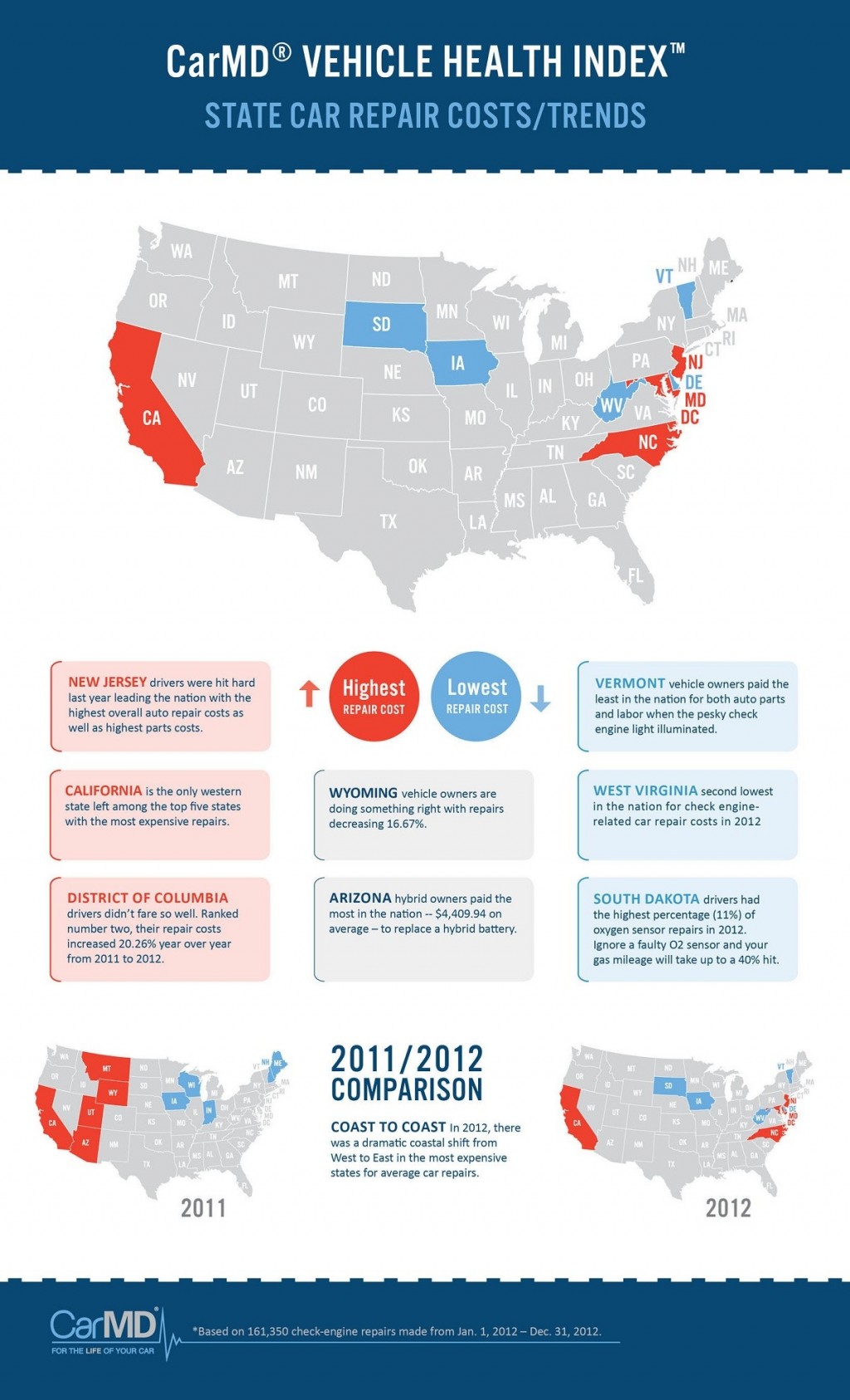Intend To Learn More Regarding The Warning Lights On Your Control Panel? Uncover What They Suggest Concerning Your Lorry'S Health And Wellness
Intend To Learn More Regarding The Warning Lights On Your Control Panel? Uncover What They Suggest Concerning Your Lorry'S Health And Wellness
Blog Article
car detailing mold removal -Sykes Torres
When you're behind the wheel, those glowing caution lights on your dashboard can be a little bit complicated. Do you recognize what they're trying to tell you regarding your automobile's wellness? Comprehending the importance of these lights is important for your security and the longevity of your car. So, https://best-oil-change-near-me39516.blogacep.com/36411992/unsure-regarding-picking-a-car-repair-shop-discover-specialist-guidance-on-just-how-to-recognize-credible-options-in-your-area-that-will-certainly-minimize-your-problems of those lights appears, would not you want to decode its message accurately and take the needed steps to address it?
Common Caution Lighting and Interpretations
Identify usual warning lights in your auto and understand their definitions to make sure risk-free driving.
The most normal caution lights consist of the check engine light, which signals concerns with the engine or emissions system. If this light begins, it's critical to have your automobile inspected without delay.
The oil stress cautioning light indicates reduced oil stress, requiring instant focus to avoid engine damage.
A blinking battery light may recommend a defective charging system, possibly leaving you stranded otherwise attended to.
The tire pressure monitoring system (TPMS) light notifies you to reduced tire pressure, affecting car stability and fuel efficiency. Neglecting this could lead to hazardous driving problems.
The abdominal muscle light suggests a trouble with the anti-lock stopping system, compromising your capacity to quit rapidly in emergency situations.
Last but not least, the coolant temperature level cautioning light warns of engine overheating, which can cause serious damages otherwise settled promptly.
Comprehending these typical caution lights will help you deal with concerns quickly and keep secure driving problems.
Significance of Prompt Attention
Comprehending the typical warning lights in your automobile is only the first step; the value of immediately attending to these warnings can not be stressed sufficient to ensure your security when traveling.
When a caution light brightens on your control panel, it's your auto's means of communicating a potential issue that requires focus. Overlooking these warnings can cause more severe issues later on, compromising your safety and potentially costing you much more in repairs.
Prompt focus to warning lights can prevent malfunctions and crashes. For example, a flashing check engine light could indicate a misfire that, if left neglected, could cause damages to the catalytic converter. Addressing this immediately can conserve you from a costly repair service.
Likewise, a brake system advising light may signal reduced brake fluid or used brake pads, vital parts for your safety and security when driving.
DIY Troubleshooting Tips
If you notice a warning light on your control panel, there are a few DIY repairing pointers you can attempt prior to seeking expert aid.
The primary step is to consult your automobile's handbook to comprehend what the particular caution light suggests. Sometimes the issue can be as straightforward as a loose gas cap causing the check engine light. Tightening up the gas cap might resolve the issue.
One more usual problem is a reduced battery, which can activate numerous warning lights. Examining the battery links for deterioration and ensuring they're protected may repair the trouble.
If a caution light continues, you can try resetting it by disconnecting the auto's battery for a few mins and afterwards reconnecting it. Furthermore, inspecting your lorry's fluid levels, such as oil, coolant, and brake liquid, can assist fix cautioning lights associated with these systems.
Final thought
To conclude, understanding your auto's caution lights is vital for maintaining your automobile running smoothly and safely. By immediately addressing these alerts and knowing what they suggest, you can avoid costly repair services and potential breakdowns.
Remember to consult your vehicle's guidebook for specific information on each cautioning light and do something about it appropriately to guarantee a hassle-free driving experience.
Remain notified, remain safe on the road!
